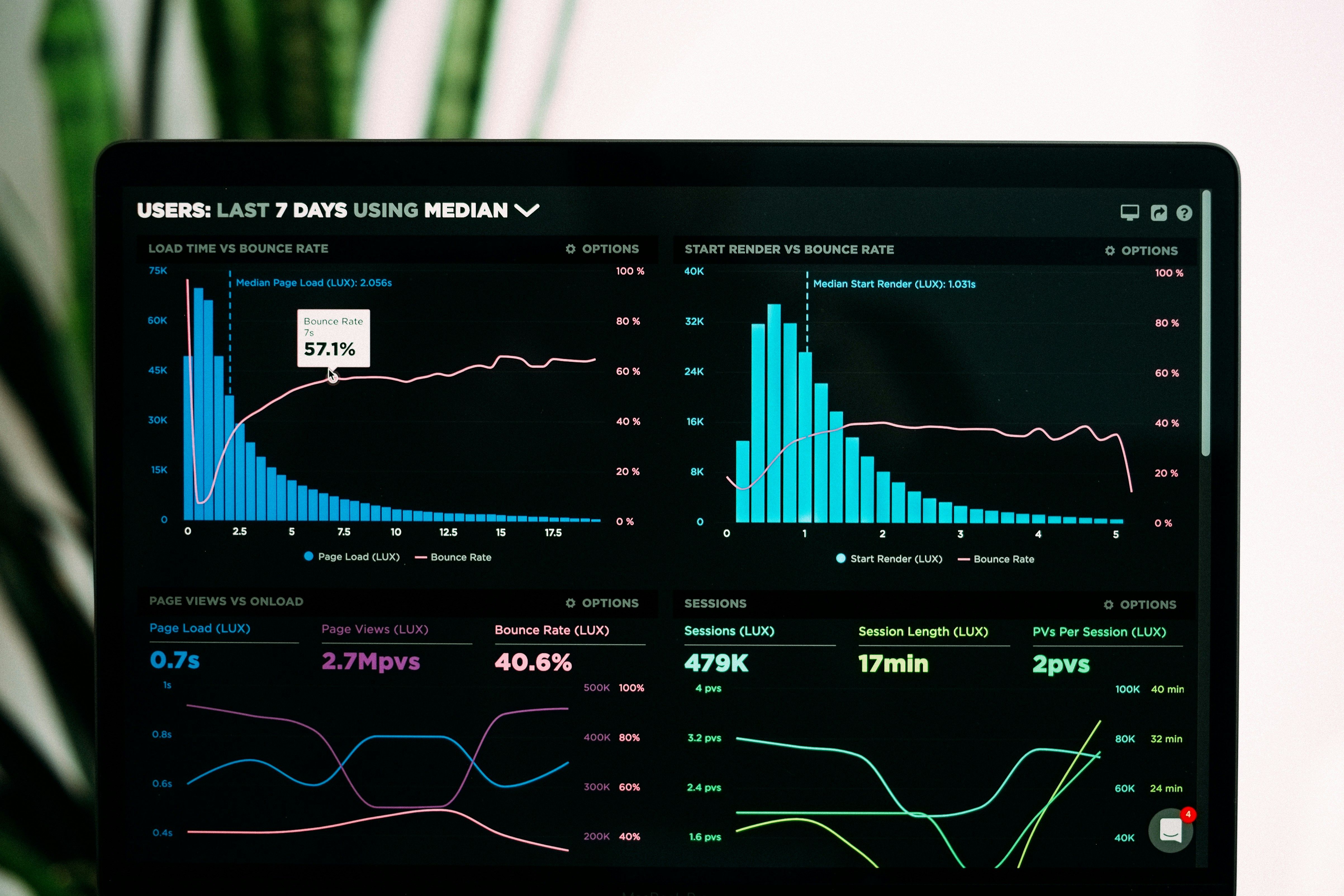Social Media Planning Tips for Small Businesses
Running a small business today means competing for attention in crowded digital spaces. Social platforms give you direct access to your audience, but using social media for business requires strategic planning to tell your story, build community, and drive measurable results.
You need an organized system that connects your brand's voice to what your customers care about. This article will show you how to build that system. You will learn to structure your calendar, create visuals that stand out, and engage followers authentically for stable growth.
Clear Goals and a Simple Strategy
Understanding how to grow your business on social media begins with defining how growth is supposed to look for you. Pick 1–3 outcomes—leads, bookings, foot traffic, or online sales. Each outcome should be measured numerically, so the results are objective and you know exactly what and where to fix.
In commerce, you cannot succeed alone, no matter how hard you try. A reliable customer base is essential. Define your target audience, asking yourself simple questions:
- Who are these people?
- Where are they? (Yes, online shops are available from anywhere, but your product or service can be location-specific, and it should be considered).
- What do they want?
- How exactly does my product or service help them achieve this goal?
Once you form a particular category of your potential clients, study the social media market and find out which platforms these people use the most. For example, teenagers interested in computer games are not likely to spend much time on Facebook or LinkedIn, but they constantly use TikTok and YouTube. Assign weekly themes (educate, prove, promote, community) so you always know what to post.
Translate goals into a lightweight content calendar. Plan two core posts per week and one story/reel that supports them. Keep message hierarchy clear: one idea, one visual focus, one call to action. If your photos look dull or inconsistent, enhance images with AI for a cohesive brand representation without reshooting.
Use a simple campaign template: Hook (problem), Help (tip/demo), Proof (testimonial/mini case), Action (offer or link). For example, a bakery aiming for preorders might run a weekly “behind-the-bake” reel (Hook/Help), pair it with a carousel of flavors and prices (Proof), then pin a preorder link (Action).
Design Scroll-Stopping Visuals on a Budget
Small business social media marketing relies heavily on visuals. They should be clear, consistent, and recognizable. Distracting backgrounds, crooked horizons, and tight crops will not improve engagement.
Build a tiny brand kit—two colors, two typefaces, one logo lockup—and reuse it so posts look related without extra effort. Add burned-in captions for reels (many people watch on mute) and write concise alt text for images to improve accessibility and reach.
Tailor your visual content creation strategies specifically to the product you promote. Practice controlled close-ups and texture shots for detail-driven products like jewelry, pastries, or crafts.
Observe macro photography tips to make your products feel tangible and premium. Standardize the export and sizes, save winning layouts as templates to ensure speedy and consistent content delivery.
Engage Like a Local: Community and Collaboration
Understanding how to use social media for small businesses often means knowing where your customers gather and showing up there. Build a 15-minute daily routine: reply to comments with one helpful tip each, answer DMs, and react to 5-10 local posts or stories per week.
Create simple UGC prompts that customers can copy. Acknowledge every contributor and repost the best entries. For collaborations, pair with non-competing businesses that serve the same audience, split costs, cross-post the content, and use a shared CTA that routes to both profiles.
Answer common questions at least once a month. Keep the Q&A season for 20 minutes, tease three questions in advance, pin links or booking buttons, and save the live as a reel with chapter timestamps. Track community metrics weekly: meaningful comments (not just emojis), DMs that lead to quotes or bookings, and the save/share rate on educational posts.
Ads, Offers, and Seasonal Plays
Once you develop a steady organic, small and targeted boosts can help you develop further. Promote your top-performing post to recent engagers and site visitors for 5–7 days; keep the creative identical to amplify what already works. Use retargeting for cart viewers, DM inquirers, and video watchers.
Layer time-bound offers around real moments: new product drops, holidays, local events, or your busiest booking windows. Control costs with guardrails: daily caps, frequency limits (2–3 per week per person), and weekly reviews. Drive to a focused destination (single product page, booking link, or lead form) and match the headline there to the ad. Social media for small businesses requires consistency, stability, and reliability.
Conclusion
A steady, simple plan beats sporadic bursts of inspiration in social media commerce. Start with one pillar, template set, and metric at a time. Keep iterating. Over time, your feed becomes recognizable, trustworthy, and profitable—exactly what a small business needs to grow.
Table of content
Looking for influencers?










